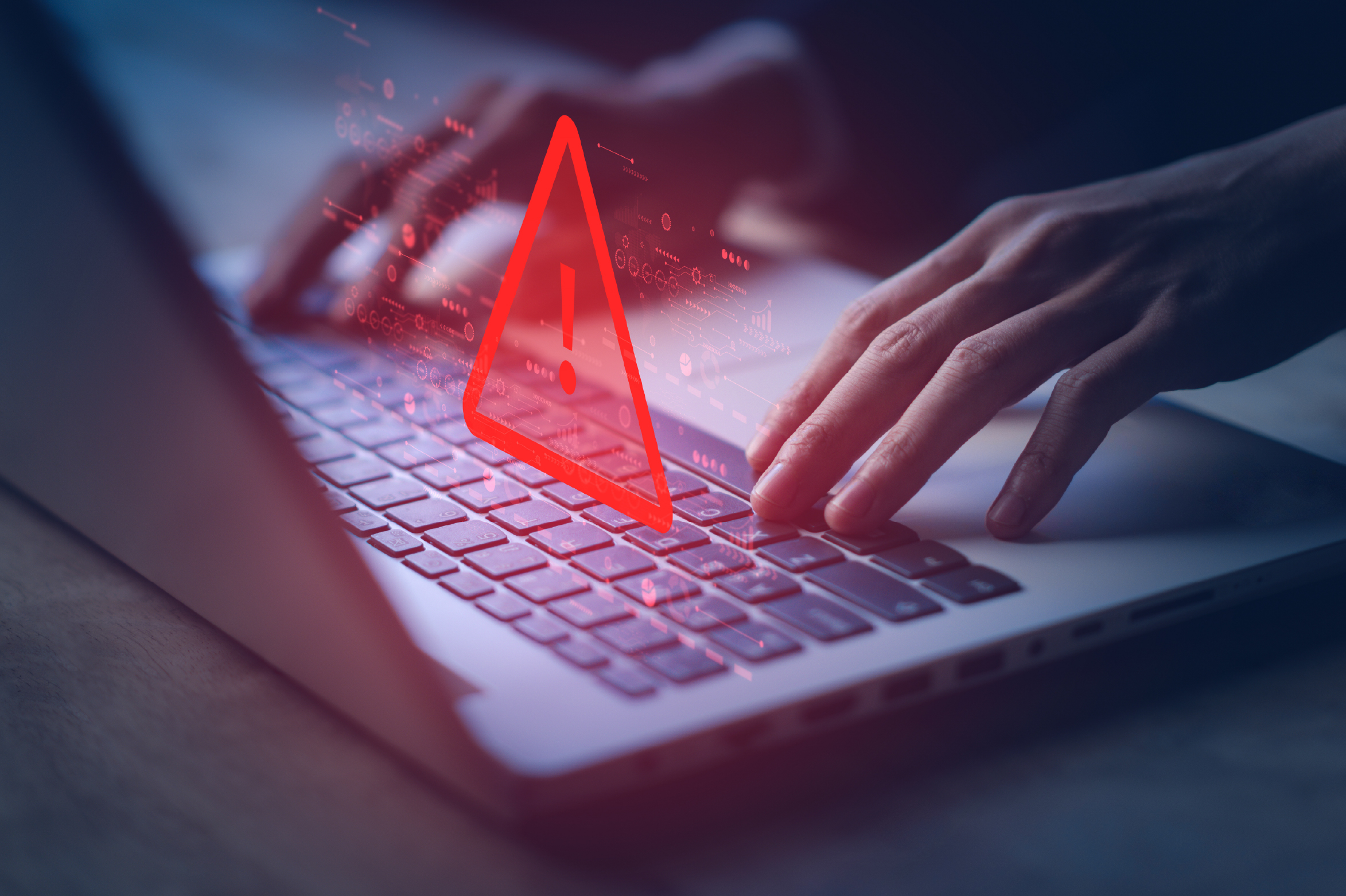Maximizing ROI: Turning Decommissioned Office Tech into Cash Saving Assets
In today’s fast-paced business environment, staying ahead often requires upgrading and updating technology to keep up with the latest trends and innovations. As a result, companies frequently find themselves with decommissioned computers and other office technology that, if managed strategically, can be turned into valuable assets that save costs and maximize return on investment (ROI). In this blog post, we’ll explore the role of IT Asset Management (ITAM) in this process and delve into key strategies for unlocking the hidden potential in decommissioned office tech.
ITAM plays a crucial role in the effective management of an organization’s technology resources. It involves the identification, tracking, and optimization of IT assets throughout their lifecycle. Understanding the lifecycle of office tech is essential for maximizing ROI, as it allows businesses to make informed decisions about when to decommission, upgrade, or replace assets. The following explores the many benefits of incorporating an ITAM strategy in your business and how to implement a successful asset disposition plan:
PART I: The Benefits of ITAM Strategies for Business
In today’s rapidly evolving digital landscape, effective management of IT assets is integral to the success and sustainability of businesses. This section explores the benefits of incorporating ITAM strategies into your business plan, shedding light on how organizations can harness these strategies to optimize their technological resources. From cost savings to enhanced operational efficiency, ITAM plays a pivotal role in empowering businesses to navigate the complexities of modern IT ecosystems. Let’s delve into the myriad advantages that businesses can unlock through the strategic implementation of ITAM practices. Below are just a few of the most pivotal advantages.
Gaining Insight on Usage Patterns and Forecasting
Delving deeper into the realm of ITAM, gaining insight into usage patterns and forecasting emerges as a crucial facet. ITAM empowers businesses by offering a comprehensive analysis of data related to the utilization of technology assets within the organization. This analytical prowess allows enterprises to discern trends in usage, identify potential inefficiencies, and forecast future needs with precision, especially as more companies begin to use artificial intelligence (AI) to improve this process.
By scrutinizing usage patterns, businesses can pinpoint underutilized devices, enabling them to make informed decisions on redistributing resources or retiring obsolete equipment. This proactive stance not only contributes to cost savings but also enhances operational efficiency by ensuring that every technological asset is optimally employed.
Moreover, ITAM facilitates the prediction of potential bottlenecks in the IT infrastructure. By recognizing areas where demand might outstrip current capacities, organizations can preemptively address these challenges, mitigating disruptions to business processes. This foresight is invaluable in maintaining seamless operations and preventing potential downtime that could adversely impact productivity.
Additionally, the ability to forecast future requirements empowers businesses to plan for upgrades and expansions more effectively. ITAM’s data-driven insights serve as a strategic compass, guiding organizations in making informed decisions about when and where to invest in technology enhancements. This strategic planning not only aligns technology investments with business goals but also guards against unnecessary expenditures associated with overprovisioning or underutilization.
In essence, the capability to gain insights on usage patterns and forecasting through ITAM is a proactive and strategic asset for businesses. It enables them to navigate the dynamic landscape of technology with foresight and precision, optimizing their IT infrastructure for maximum efficiency and cost-effectiveness.
Cutting Down on Extra Costs
Maximize Underutilized Devices
One of the most direct ways to turn decommissioned office tech into cash-saving assets is to maximize the use of underutilized devices. ITAM tools can help identify devices that are not fully utilized or are redundant, allowing organizations to repurpose or sell them. This not only generates additional revenue but also reduces the need for new purchases, contributing to overall cost savings.
Awareness of Energy Bills and Non-Used Items Affecting Them
Unused or outdated technology left powered on can contribute significantly to energy bills. ITAM tools can help organizations identify devices that are no longer in use or are consuming excessive energy. By decommissioning such devices or implementing power-saving measures, companies can reduce energy costs and enhance their sustainability efforts.
Software License Tracking to Avoid Non-Compliance Allegations
Non-compliance with software licenses can result in hefty fines and legal complications. ITAM solutions offer the capability to track software licenses, ensuring that organizations are in compliance with vendor agreements. By understanding the software assets within the organization, businesses can avoid unnecessary expenses associated with non-compliance allegations, thus protecting their bottom line.
By maximizing underutilized devices, tracking software licenses to ensure compliance, and raising awareness about the impact of non-used items on energy bills, organizations can strategically position themselves for substantial cost savings. This isn’t merely a cost-cutting measure but a strategic investment in the future, where responsible and efficient use of technology becomes a driving force for both financial savings and environmental sustainability. The journey to turning decommissioned office tech into cash-saving assets is a transformative one, and the tools provided by ITAM pave the way for a more streamlined and cost-effective technological landscape.
PART 2: Implementing a Successful ITAM Strategy
To successfully implement an ITAM strategy that maximizes ROI, organizations should consider the following key steps.
Comprehensive Asset Inventory: Create a comprehensive inventory of all IT assets, including hardware and software, to gain a clear understanding of what is in use and what can be decommissioned.
Lifecycle Management: Implement a lifecycle management approach to track assets from acquisition to disposal. This ensures that assets are retired at the optimal time, preventing unnecessary costs associated with maintaining outdated technology.
Regular Audits and Assessments: Conduct regular audits and assessments of IT assets to identify opportunities for optimization and cost savings. This includes evaluating usage patterns, software licenses, and energy consumption.
Employee Training and Awareness: Ensure that employees are aware of the importance of responsible technology use and the impact on costs. Provide training on proper asset management practices to minimize the risk of unnecessary expenses.
Partnering with IT Asset Disposition (ITAD) Services: Collaborate with reputable IT Asset Disposition services to responsibly dispose of decommissioned technology. This not only ensures compliance with environmental regulations but also allows for the recovery of value from salvaged components.
As shown, the successful implementation of an ITAM strategy is pivotal for organizations aiming to maximize their ROI and optimize their technological landscape. The key steps outlined above provide a comprehensive framework for organizations to navigate the complexities of IT asset management with efficiency and effectiveness.
The creation of a comprehensive asset inventory lays the foundation for informed decision-making, offering a clear understanding of the IT landscape. Implementing a lifecycle management approach ensures that assets are retired at the optimal time, preventing unnecessary costs associated with maintaining outdated technology. Regular audits and assessments serve as proactive measures, identifying opportunities for optimization and cost savings, ranging from usage patterns to software licenses and energy consumption.
Furthermore, recognizing the role of employees in responsible technology use is paramount. Employee training and awareness initiatives contribute to a culture of efficient asset management, reducing the risk of unnecessary expenses. Lastly, forging partnerships with IT Asset Disposition (ITAD) services ensures the responsible disposal of decommissioned technology, aligning with environmental regulations and allowing for the recovery of value from salvaged components.
In embracing these key steps, organizations not only enhance their operational efficiency but also establish a strategic approach to IT asset management. This, in turn, positions them to adapt to evolving technological landscapes, reduce costs, and drive sustained success in an increasingly digitalized business environment. The implementation of a successful ITAM strategy becomes a cornerstone for organizations striving to harness the full potential of their technological investments.
PART 3: Outdated Office Equipment: A Hidden Opportunity for CSR and ESG Strategies
In the relentless pursuit of technological advancement, outdated office equipment often finds itself relegated to storage rooms or, unfortunately, landfills. However, viewing this seemingly obsolete technology through the lenses of Corporate Social Responsibility (CSR) and Environmental, Social, and Governance (ESG) presents a unique opportunity for organizations to align their business practices with ethical and sustainable principles. In these cases, office technology disposal can open new avenues for your company to show its commitment to these values.
Leveraging CSR Strategies
Corporate Social Responsibility (CSR) strategies are an integral part of modern business ethics, emphasizing a company’s commitment to contributing positively to society. When it comes to outdated office equipment, responsible disposal and recycling become key components of a robust CSR strategy.
Responsible IT Recycling: Instead of contributing to electronic waste, organizations can partner with certified IT recycling services. These services specialize in environmentally friendly disposal methods, ensuring that outdated equipment is recycled or repurposed, minimizing the ecological footprint.
Donation Programs: Another CSR approach involves donating functional but outdated equipment to charitable organizations or educational institutions. This not only supports community development but also aligns with the principles of sustainability and social impact.
Integrating ESG Strategies
Environmental, Social, and Governance (ESG) criteria have become essential metrics for investors and stakeholders assessing a company’s impact on the world. Managing outdated office equipment in alignment with ESG principles involves strategic planning and a commitment to sustainability.
Lifecycle Management for Sustainability: Implementing a comprehensive lifecycle management approach ensures that outdated equipment is retired at the optimal time. This minimizes the environmental impact associated with the manufacturing and disposal of technology.
Energy Efficiency Measures: As part of ESG strategies, organizations can focus on energy efficiency even with outdated equipment. Implementing power-saving measures and ensuring that devices are properly decommissioned can contribute to reduced energy consumption.
Technology Recycling: A Pillar of Responsible Technology Management
Beyond the immediate financial considerations, responsible IT recycling emerges as a cornerstone in the quest for sustainable business practices. By incorporating IT recycling into their overall ITAM strategy, organizations can make significant strides in electronic waste recycling, fostering community goodwill and bolstering their reputation as socially and environmentally conscious entities.
In essence, turning outdated office equipment into a CSR and ESG opportunity is a holistic approach that not only benefits the organization’s bottom line but also contributes positively to the broader community and environment. It’s a transformative journey that aligns business success with ethical and sustainable practices, showcasing that every aspect of technology management can be leveraged for positive social and environmental impact. And, teaming up with a competent electronic waste management partner can help companies properly manage computer waste such as performing old laptop disposal, used printer recycling, and even office server disposal. These actions help companies show stakeholders — and the public — that they take e-waste recycling seriously.
Unlocking Hidden Potential with ARCOA’s Comprehensive IT Asset Management Solutions
Effectively managing decommissioned office technology is not just about disposing of old devices; it’s about turning them into valuable assets that contribute to cost savings and maximize ROI. IT Asset Management (ITAM) is the key to achieving this goal by providing insights into usage patterns, forecasting future needs, and implementing strategies to cut down on extra costs. By adopting a proactive approach to ITAM, organizations can unlock the hidden potential in their technology assets and pave the way for a more efficient and cost-effective IT environment.
Maximize ROI, optimize usage patterns, and cut down on extra costs with ARCOA’s proactive IT asset recovery and management solutions. Contact us today and explore the path to a more efficient and cost-effective IT environment.
RELATED INSIGHTS

Foundational Documentation for Disposition Services: First, Define and Control
During the last CITAD class we were discussing the topic of Due Diligence and different things we can do...

Asset Tracking and Cyber Security
Protecting Your IT Assets and Sensitive Data Asset tracking is a key component of cybersecurity and IT Asset Management...
LET’S GET STARTED
Ready to put your retired IT assets to work for your business? Contact us to get the conversation started or request a quote. ARCOA has all the solutions you need to turn old IT assets into new revenue.
Talk to an Expert![$img['alt']](https://www.thinkarcoa.com/wp-content/uploads/2024/01/AROCA_Jan24_Blog-1.jpg)